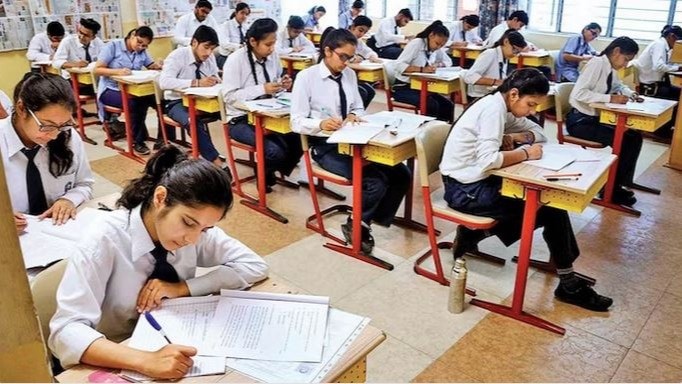Description

Disclaimer: Copyright infringement not intended.
Context
The Central Board of Secondary Education (CBSE), the country’s largest national school board, is planning significant changes to the academic framework of Classes 9, 10, 11, and 12 as part of its plan to implement creditisation, recommended by the 2020 National Education Policy (NEP).
Details
- The motive behind these changes is the implementation of creditization, as recommended by the 2020 National Education Policy (NEP).
- A subcommittee formed in 2022 suggested changes to align the academic framework with NCrF.
Credit System and Its Rationale
- Creditization Objective: Establish academic equivalence between vocational and general education.
- National Credit Framework (NCrF): Introduced by the University Grants Commission (UGC) in 2022, aims to integrate training and skill development into schools and higher education.
- Student Progression: To advance from Class 9 to 10, students must earn a specified number of credits. Accumulated credits make students eligible for undergraduate programs.
- Digital Storage: Credits earned by students will be digitally stored in the Academic Bank of Credits, accessible through a linked Digilocker account.

Key Changes Proposed
- Credit Allocation: An academic year comprises 1,200 notional learning hours, translating to earning 40 credits.
- Subject Allocations: Each subject is assigned specific hours to accumulate a total of 1,200 learning hours.
- Subjects and Credits: Proposal to add multidisciplinary and vocational courses. For Classes 9 and 10, students must complete 10 subjects—three languages and seven core subjects.
- Languages Emphasis: Compulsory languages increased to three, with a focus on at least two Indian languages.
- Subject Categories: Math, computational thinking, social science, science, art education, physical education, well-being, vocational education, and environmental education are the seven core subjects.
- Classes 11 and 12: Students need to study six subjects, including two languages and four subjects with an optional fifth.
- Exam Structure: External exams for specified subjects, with some subjects having a mix of internal and board examinations.
- Grading System: No change in the existing grading system. Students will be graded based on marks obtained, following the usual A1 to E grading.
Implementation of Proposed System
- Class 10 Exams: External exams for three languages, math, social science, science, and environmental education. Art, physical education, and vocational education assessed through a combination of internal and board examination.
- Class 12 Exams: Subjects categorized into four groups. External exams for languages and Group 3 and 4 subjects. Group 2 subjects assessed through a mix of internal and board exams.
- Credit Independence: Credits earned independent of exam marks. Students must pass all subjects to progress to the next grade.
.jpg)
Conclusion
- The proposed changes aim to align CBSE's academic framework with the creditization concept, fostering equivalence between vocational and general education, as envisioned by the NEP 2020.
- The modifications in subjects, credit allocations, and exam structures reflect an evolving approach to student evaluation and progression.
MUST READ ARTICLES:
https://www.iasgyan.in/daily-current-affairs/national-education-policy-nep-2020#:~:text=Highlights%20of%20New%20Education%20Policy,primary%20school%20to%20Grade%2012.
https://www.iasgyan.in/daily-current-affairs/national-credit-framework
|
PRACTICE QUESTION
Q. Discuss the key objectives and implications of the National Education Policy (NEP) 2020 in the context of transforming the Indian education system. (250 Words)
|













